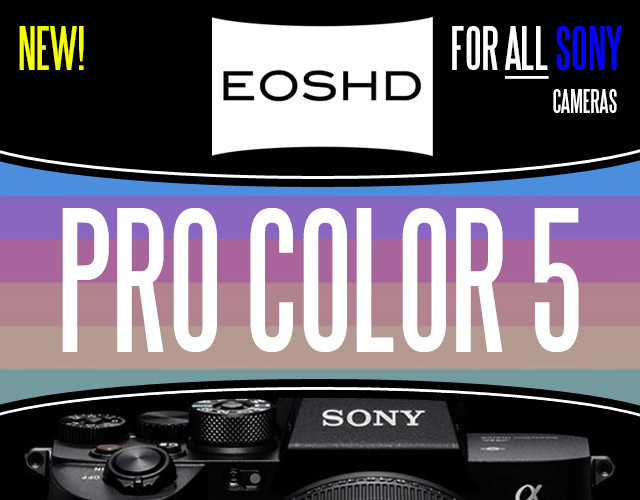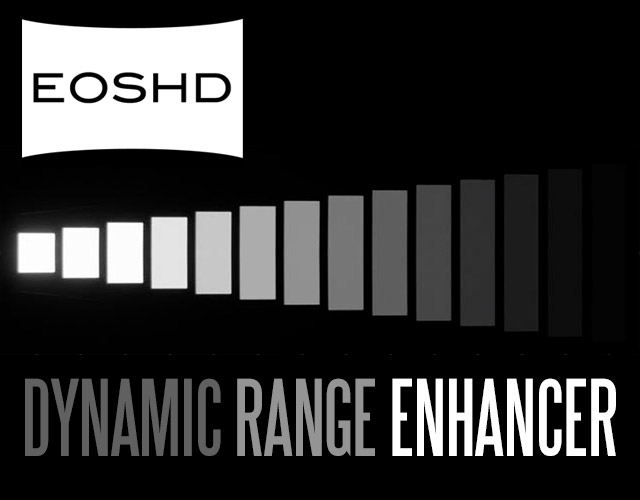My Panasonic GH3 arrived - for my documentary film project about a motorcycle club - tips needed!
-
Similar Content
-
- 0 replies
- 2,704 views
-
- 7 replies
- 1,790 views
-
- 15 replies
- 5,533 views
-
- 9 replies
- 5,918 views
-
- 5 replies
- 2,504 views
-







Recommended Posts
Create an account or sign in to comment
You need to be a member in order to leave a comment
Create an account
Sign up for a new account in our community. It's easy!
Register a new accountSign in
Already have an account? Sign in here.
Sign In Now